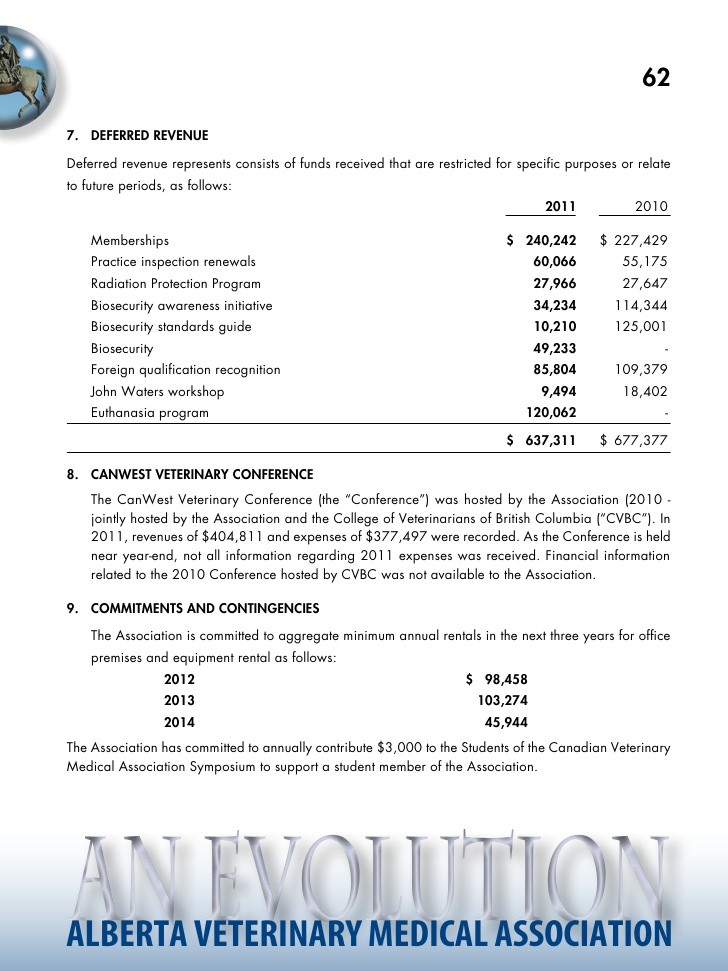THE CHOICE BETWEEN CALLABLE AND NONCALLABLE BONDS Booth 2014 Journal of Financial Research
Post on: 19 Апрель, 2015 No Comment

- Laurence Booth 1 , Dimitrios Gounopoulos 2 and Frank Skinner 3
Article first published online: 25 DEC 2014
DOI: 10.1111/jfir.12042
2014 The Authors. The Journal of Financial Research published by Wiley Periodicals, Inc. on behalf of The Southern Finance Association and the Southwestern Finance Association.
Journal of Financial Research
1 Introduction
A call option empowers the issuer to take advantage of bondholders by repaying the debt in advance when market yields decline. When interest rates decrease, the call price is less than what the fair value of debt would have been absent the call option. Following Kraus (1973 ), finance has rejected financial gain as an explanation for call provisions because in an efficient market, gains to shareholders via refinancing at lower interest rates would be anticipated and expropriated by bondholders in terms of the initial call provision. Instead, Thatcher (1985 ), Kish and Livingston (1992 ), and Boreiko and Lombardo (2011 ) suggest agency can explain the use of call provisions. Although earlier empirical studies such as Crabbe and Helwege (1994 ) could not find empirical support for individual agency theoretic explanations for callable bonds, more recent work by Banko and Zhou (2010 ) and Chen, Mao, and Wang (2010 ) finds that call options are used to resolve a combination of asymmetric information, underinvestment, and risk-shifting agency problems.
Another argument suggests that some issuers can use callable bonds to hedge interest rate risk. In fact, Banko and Zhou (2010 ) find some evidence of this for investment-grade callable bonds. Recently, Choi, Jameson, and Jung (2013 ) observe that asymmetric information creates an incentive to issue callable debt even when market conditions do not support a separating equilibrium. This happens because information asymmetry that leads the market to overestimate the issuer’s default probability also leads it to undervalue the call premium. Still, agency theoretic, asymmetric information, and hedging rationales for call provisions do not provide an explanation for the time-varying popularity of callable bonds.
This raises several interesting questions. Are there any economic factors that can explain the shifting popularity of callable bonds relative to noncallable bonds? If so, do firms that issue callable bonds take into account these factors and does this influence the preferred practice of issuing callable bonds? Do firms that issue callable bonds display any characteristics associated with agency problems? Finally, do issuers pay a premium for the call feature?

This article is related to a series of studies that examine the motivation and offer spreads of different types of callable bonds. Daniels, Diro Ejara, and Vijayakumar (2009 ) examine the motivation and offer spreads of bond clawbacks, and Nayar and Stock (2008 ) study make-whole bonds. Clawbacks and make-whole bonds are special types of callable bonds that restrict the refunding of callable bonds to issues of equity (clawbacks) or adjusts the call price at the date of call (make-whole). Banko and Zhou (2010 ) revisit the agency theoretic explanations for callable bonds, and Chen, Mao, and Wang (2010 ) examine the refunding behavior of callable bonds. We add to this body of work by examining the time-varying popularity of ordinary callable bonds and the influence that the issue process, bond covenants, and economic environment have on the offer spread for callable and noncallable bonds and on the value of call premiums. Unlike most studies in this area, we include financial firms as a larger number of callable bonds are issued by financial firms than by industrial and utility bonds combined during our 19952008 sample period. We also include financial bonds in our sample because we wish to determine whether the financing of financial firms is subject to the same agency theoretic problems as industrial firms.
Other work includes the influence of the economic environment on the popularity of callable bonds, but evidence is fragmentary and contradictory. For example, Kish and Livingston (1992 ), Gntay, Prabhala, and Unal (2002), and Banko and Zhou (2010 ) find that the popularity is increasing, but Sarkar (2001 ) finds that the popularity of a call feature is decreasing in the level of interest rates. However, all of this work occurs during the time the call feature was being reengineered through the introduction of make-whole and clawback refinements to the call feature (see Goyal, Gollapudi, and Ogden 1998 ; Nayar and Stock 2008 ). Moreover, none of this work accounts for the full range of interest rate and credit risk environment variables. In contrast, we examine the impact of the economic environment by including proxies for the level, slope, and interest rate volatility of the term structure of interest rates, as well as the credit spread, on a large sample of financial and nonfinancial, callable and noncallable bonds, culled of make-whole, clawback, preferred share, convertible, and put features.
We find that the motivation for issuing callable versus noncallable bonds varies by industry. Controlling for annual time effects, we discover that the popularity of callable bonds relative to noncallable bonds is related to the economic environment more for financial than nonfinancial firms. Specifically, the likelihood of new issues of callable bonds decreases in the level and slope of the term structure and in the credit spread for financial bonds. In contrast, the likelihood of nonfinancial callable bonds decreases in the credit spread only. As noted earlier, some authors find that the popularity of the call feature increases in interest rates. These different results can be related to the cost of the call feature as, consistent with option pricing theory, we find that call premiums rise with interest rates and with interest rate volatility. Therefore, as the level and volatility of the term structure rise, the cost of a call feature rises so that new issuers can reconsider their choice to issue a callable bond based on the changing trade-off between the increased cost of the call feature and the hedging benefit of calling if interest rates later fall.
Because we find evidence that the demand for callable bonds is not random, it follows that firms can adjust the issuing process to take advantage of changes in the economic environment if these changes matter to them. We find that all financial and higher and medium investment credit grades of nonfinancial firms are more likely to issue callable bonds using institutional arrangements that allow them to conveniently issue callable bonds in response to changes in the economic environment. However, after correcting for self-selection bias, we find that issuers of financial callable bonds pay around 48 basis points more relative to noncallable bonds for the option to call a bond before maturity. Moreover, the call premium rises with the level of interest rates, volatility, and maturity but falls with improvements in credit rating. Clearly, our results support Kraus (1973 ) in that issuers of callable bonds do not appear to save on interest costs by issuing callable bonds.
We find mixed evidence that firms use callable bonds to deal with agency problems. On the one hand, lower rated and less profitable financial firms and lower rated nonfinancial firms, the types of firms most likely to experience severe agency problems, are more likely to issue callable bonds. On the other hand, callable bonds are also more likely to be issued by more profitable nonfinancial firms, a type of firm not normally thought of as subject to severe agency problems. We find similar mixed evidence in the literature. Consistent with agency theory, Banko and Zhou (2010 ) and Kish and Livingston (1992 ) find that smaller and lower rated bonds are more likely to contain a call feature, but inconsistent with agency theory and consistent with our results, Banko and Zhou find that more profitable firms, particularly those with a moderate rating, are more likely to issue callable bonds. We go one step further than the literature and include proxies for restrictive and security covenants that can potentially address agency problems. Consistent with agency theory, callable nonfinancial bonds are more likely to contain restrictive covenants. In contrast, financial callable bonds, though likely to include enhanced security provisions, are also unlikely to contain restrictive covenants. When examined by broad credit classes, we find more consistent support for agency theory for below-investment-grade nonfinancial bonds and lower rated financial bonds, the type of bond that is most subject to severe agency problems. Specifically, for below-investment-grade nonfinancial bonds, smaller firms are more likely to issue callable bonds with restrictive covenants. Similarly, for lower rated financial bonds, less profitable firms are more likely to issue callable bonds with enhanced security covenants. Still, there is a slight flaw in this conclusion in that for both sets of firms, callable bonds are more likely issued via a competitive than a negotiation process, suggesting there are investors that are sanguine about agency issues.














